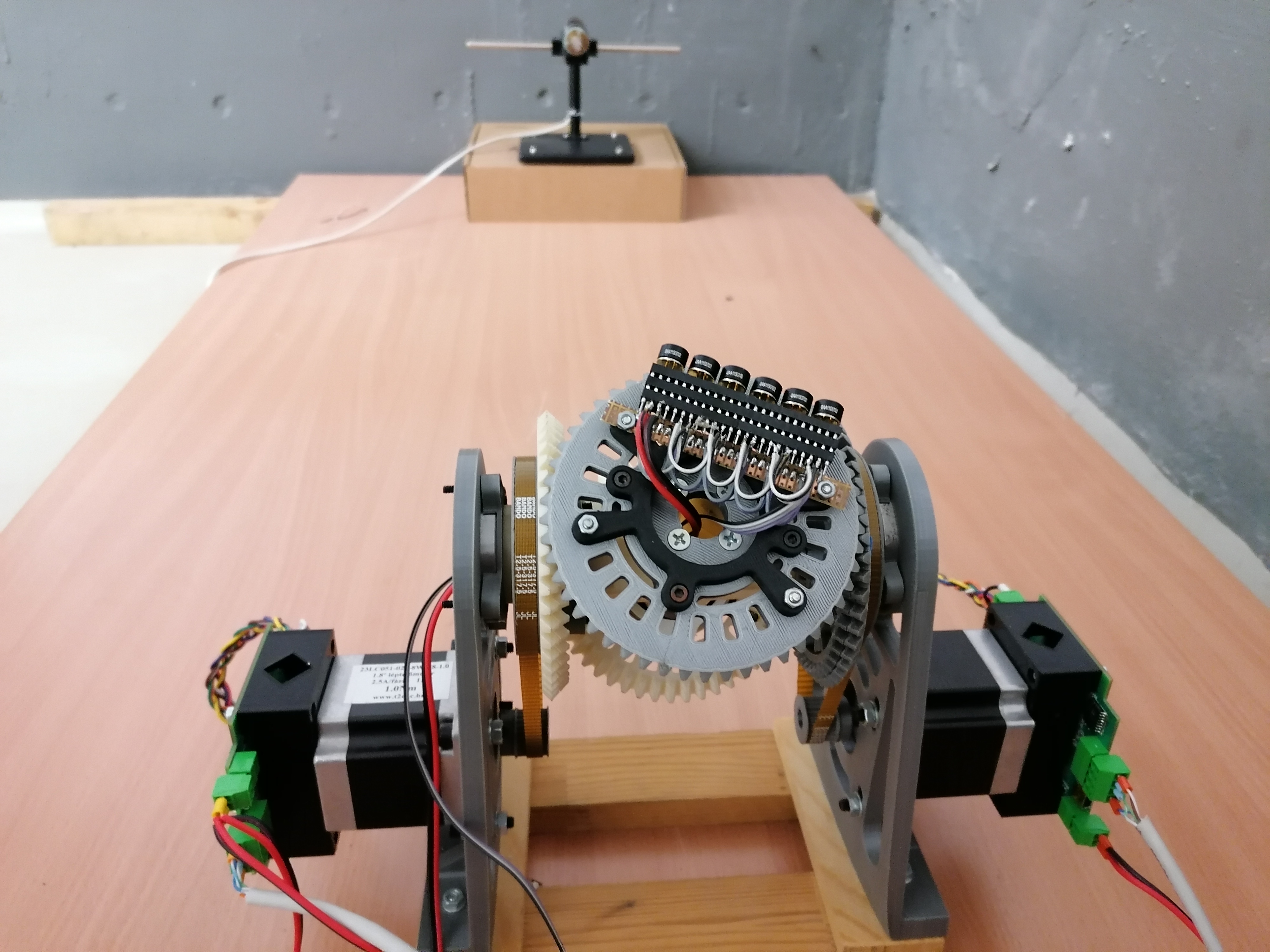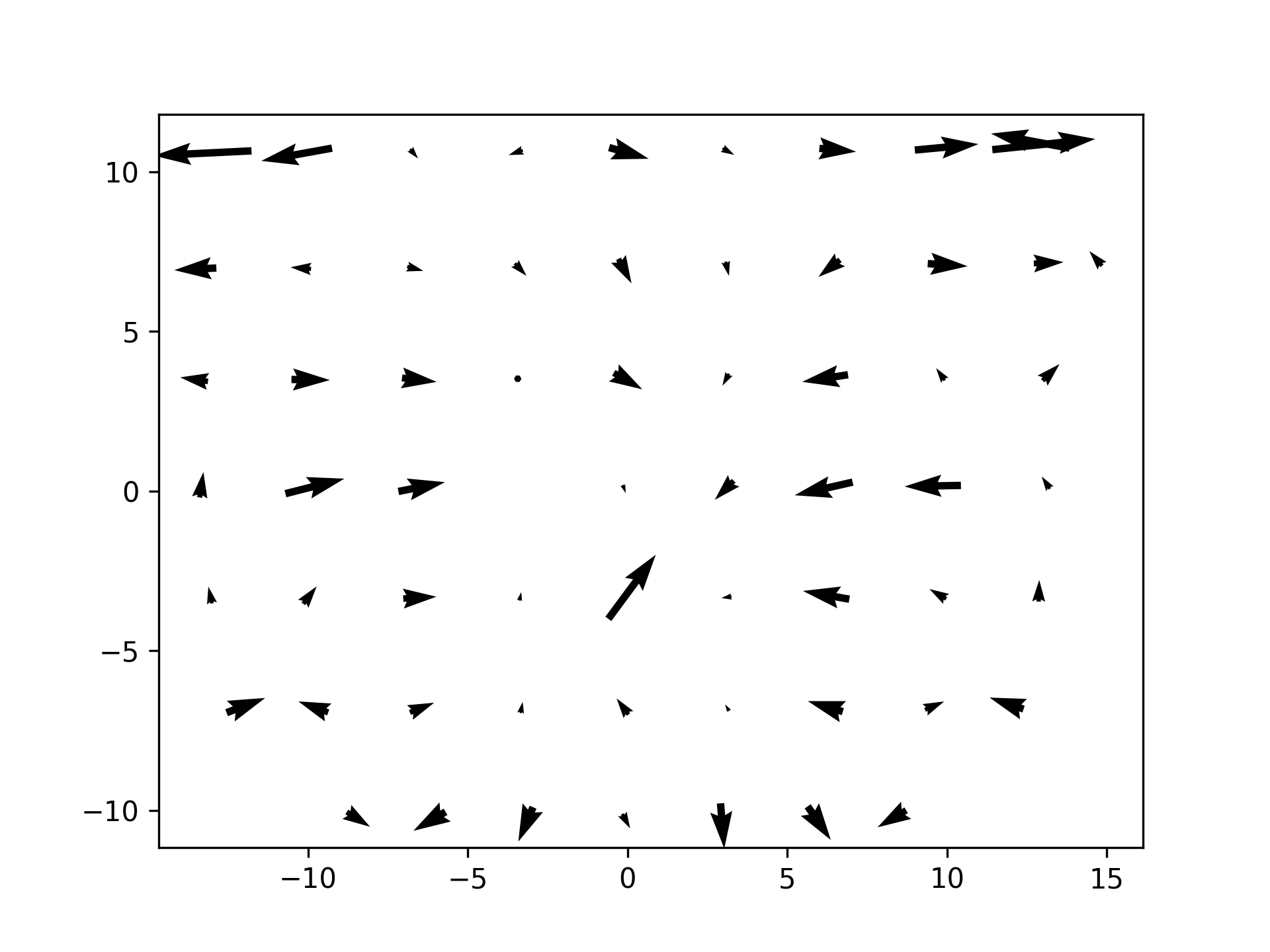

Attitude determination of cubesats with thermal imaging sensors
Due to the advancement of nano-satellite technology, cubesats and fleets of cubesats can form an alternative to high-cost large-size satellite missions with the advantage of extended spatial coverage. One of these initiatives is the Cubesats Applied for MEasuring and LOcalising Transients (CAMELOT) mission concept, aimed at detecting and localizing gamma-ray bursts with an efficiency and accuracy comparable to large-scale to large gamma-ray space observatories. While precise attitude control is not necessary for such a mission, attitude determination is an important issue in the interpretation of gamma-scintillator detector data. The employment of star trackers is not always a viable option for such small satellites, hence another alternative is necessary.
We are working on a new method, utilizing thermal imaging sensors to provide simultaneous measurement of the attitude of the Sun and the horizon by employing a homogeneous array of such detectors. The combination of Sun and horizon detection with respect to the spacecraft would allow the full 3-DoF recovery of its attitude.
